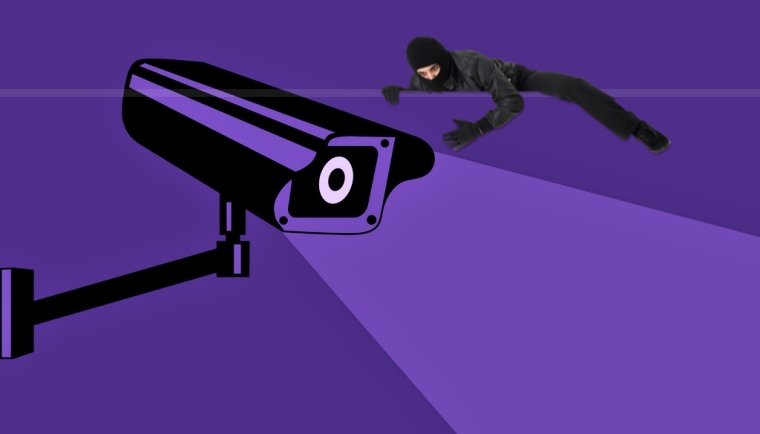CCTV is one of the most trusted and popular surveillance system of modern days. What if the CCTV is hacked and manipulated to commit a crime? There are several instances wherein CCTV was used to execute a criminal activity or the CCTV system was manipulated to mislead investigating officer. In all such cases, wi-fi network and associated IP address, cloud user id and password, time and location protocol were used to manipulate the system. In some instances, simply access to CCTV feed did the trick. Let me elaborate.
CCTV surveillance is bane sometimes: This incident happened with a friend of mine at a hypermarket in Noida. His debit card failed to work at payment counter and he had no way out than to use his internet banking for making a payment of Rs. 23000 from his ICICI bank A/c. The very next day, around 5 am, he received several SMS messages from the bank. Entire amount from his ICICI account were debited by cyber frauds. On investigation by authorities, it was found that the frauds had stolen e-mail password and bank log-in password through CCTV footage. The combination of e-mail id, log-in id of bank account and password are enough to siphon off the entire amount from bank account. ICICI bank gives an option of receiving OTP at e-mail id as well. This option was exercised to transfer money online. The cyber sleuths were able to crack due to proper briefing by the victim. The CCTV manager of hyperstore was in collusion with cyber thugs. When ever you have the compulsion of using internet banking in a place under CCTV surveillance, better be watchful. Toilets seldom have CCTV surveillance.
Different facets of CCTV manipulation: Generally, CCTV footages are stored at two places – DVR and Cloud. Storage at cloud is all the more dangerous. If the password of Cloud is hacked, entire footage can be manipulated and the evidence can be tweaked by the criminals as per their wish. Since CCTV cameras are connected to the same server, utilize the same wi-fi system and work with similar programming code, these are prone to manipulation. Wherever there are more than one CCTV cameras, they work on the principal of intranet. In most of the cases, CCTV cameras are numbered numerically, which makes them easy to be identified and hacked. CCTV hacking have many facets like – hacking the time stamp through in-time protocol, shutting down a particular CCTV camera, superimposing misleading visuals etc. Imagine, the CCTV footage of a bank showing prime time news at the time of robbery and the same robbers being seen window-shopping at CCTV footage of a shopping mall. If all the CCTVs of a state are attached to the same networks, it becomes easier for the hackers to execute footage swapping among cameras.
Helpful in executing digital arrest: CCTV hacking may provide fuel to the rising cases of digital arrest and kidnapping. The cybercriminals keep an eye over their subject through popular software like Anydesk, TeamViewer etc. By having access to CCTV cameras installed in the house, they may exercise better control over the subject, which may prove fatal. In certain cases, the screen recording software has robbed the mobile banking user, because it filmed the entire process of bank login and password without the knowledge and consent of the owner.
Gone are the days when criminals used to look for blind spot (a place out of the reach of CCTV cameras). Now, places equipped with CCTV are not secure. A strong firewall, IP address encryption, cloud based robust storage system and difficult to guess password are some for the safeguards against CCTV hacking. Not to mentions, a simple algorithm-based password cracker, which is capable in checking a million user-id password combination in seconds, may prove aal the safeguards futile. Now don’t say that better were the days, when there were no CCTV.



